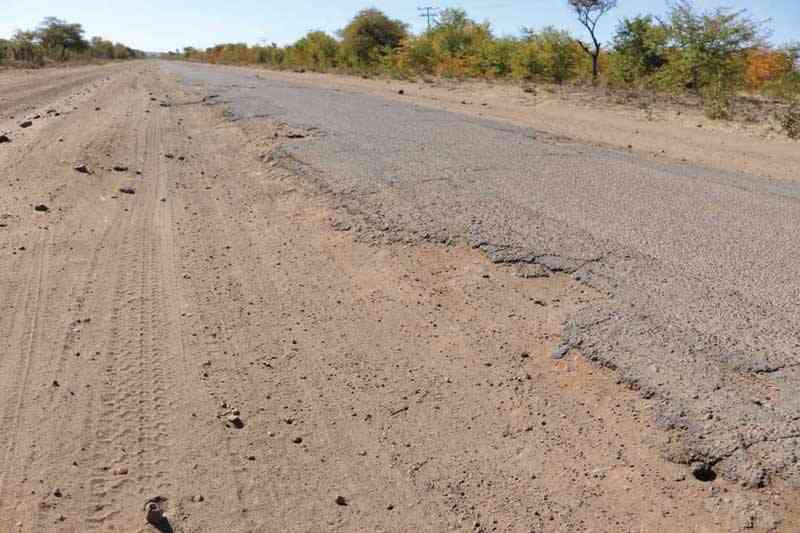
BY TAPIWA GOMO
It is almost 12 months now since the world went into a COVID-19-induced global lockdown as the coronavirus was first detected in China in December 2019, started spreading fast, far and wide causing a massive toll.
As cases and deaths continue to spike with each month, a lot more has been learnt about the virus, how to reduce its spread and how to normalise life in a context where the virus is present. Today, the narrative has shifted to vaccines while maintaining a stay home or mask up campaign.
The COVID-19 pandemic comes just a century after the world bowed down to another viral pandemic — the Spanish flu, also known as the 1918 influenza pandemic, which is described by others as a more deadly influenza pandemic. The Spanish flu, which lasted from February 1918 to April 1920 in at least three successive waves, infected about half a billion people — a third of the world’s population at the time.
Today, roughly 15 months into the COVID-19 pandemic, 113 million cases and 2,5 million deaths have been reported with strides having been made on the vaccine front.
How did those in the 1918 to 1920 era attempt to contain the spread of the Spanish flu virus then?
Despite less advanced technology, poor healthcare systems and limited knowledge on viruses, they understood that with any contagion, the infected should be separated from society, similar to isolation and quarantine today while trying to establish the modes of transmissions. Social distancing measures were introduced in public places, gatherings were either limited or prohibited, while wearing of face masks became common practice.
Despite these efforts, the Spanish flu pandemic reportedly killed 50 million people which is why some described it as one of the deadliest pandemics in history. Several scientific, social, and political reasons have been given as to why it was so deadly.
- Chamisa under fire over US$120K donation
- Mavhunga puts DeMbare into Chibuku quarterfinals
- Pension funds bet on Cabora Bassa oilfields
- Councils defy govt fire tender directive
Keep Reading
Some say it was so virulent because of the biology of the virus and also because the world did not have adequate understanding of viruses having discovered the first virus towards the end of the 19th century.
The lack of capacity to test and treat was then understandable. Some argued that it was the poor state of the public healthcare systems at the time, while others said it was due to a world war characterised by massive troop and population movements.
On top of these, there was hunger and disease because of the war which weakened people’s immunity. It was the same period that witnessed a huge rise in humanitarian movement in response to destitution caused by the war.
But there were also developmental reasons such as lack of transport, limited or lack of reliable communication for public awareness and high illiteracy which made it hard to scale up response to and prevention of the spread.
More than 100 years on, there are now massive advances in these sectors, thanks to technological advancements and globalisation. But on the flip side, these too have enabled rapid spread of COVID-19 — in less than four months, the virus had spread to every corner of the globe which did not happen during the Spanish flu pandemic as some parts of the world remained unaffected.
As with every crisis there are pros and cons. We learnt that when the Spanish flu pandemic was over, it appeared as if the global health-dashboard was positive with what seemed to be an increase in life expectancy.
This was because most people with weakened immune systems due to hunger, underlying conditions or chronic diseases died during the pandemic. Compared to the COVID-19 pandemic, the situation has improved greatly as there is now a huge capacity to protect those with compromised health conditions.
Once the world was out of the Spanish flu woods, there was a massive baby boom starting from 1920. This was due to several reasons.
Quarantines drew people closer resulting in increased reproductive intimacy. With the end of the World War I, people started moving back to normal life and interacting again resulting in increased intimacy.
There is also a suggestion that the Spanish flu pandemic left a small and healthier population with a high fertility rate.
The boom spanned from early 1920s to early 1940s which others partly attribute to improvement in economies and rising living standards.
With World War I drawing to an end and the rise of the second industrial revolution taking centre stage, developed economies made massive investments in medical research with some adopting socialised public healthcare systems.
The United States of America, China, Russia, and some European countries are among those that took the socialised healthcare systems and also ventured into massive investments into medical research. This included improved disease surveillance, public healthcare systems, more organised data collection and analysis and national healthcare was elevated to the same level as national security.
What informed these investments in public health and research was not only the fear of another pandemic but, first the realisation that the Spanish flu was not selective and could affect anyone regardless of status. COVID-19 has also affected high-profile people. Second, it was the realisation that pandemics of this nature needed to be prevented and treated at population level. This, therefore, warranted a strong public healthcare system and along the way access to health was made a human right, compelling governments to ensure every citizen had access to a functioning healthcare system.











